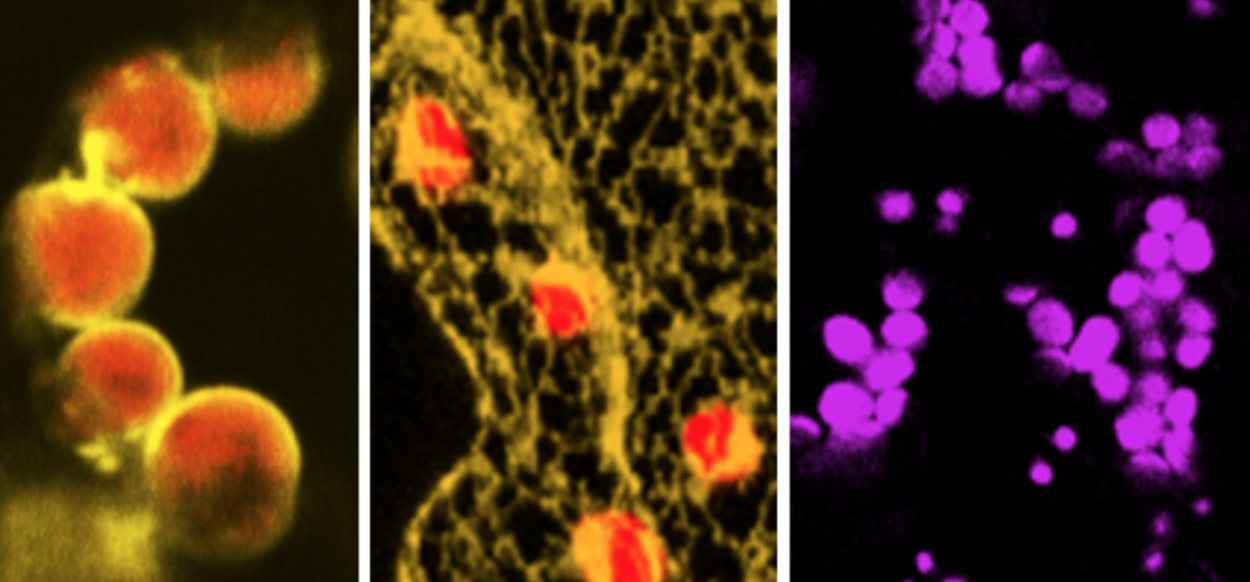Endomembranes and Photosythesis
Photosynthesis is a self-assembling, self-replicating solar energy system, and the cell as a whole cooperates to build and maintain it. To ensure a balance of energetic inputs and outputs with respect to the cell’s variable physiological demands, the function, physiology and number of chloroplasts are coordinated with other cellular organelles. Therefore, chloroplasts do not function as independent energy-generating units but respond to cellular clues, which in turn modulate their activities. Little is known about how the functions of different organelles are coordinated to build and sustain efficient energy capture under dynamic environmental conditions. Our long-term goal is to discover the mechanisms for generation and maintenance of chloroplast interactions with other organelles. In our lab we are currently investigating the mechanisms that enable the functional and physical communication of chloroplasts with the plant ER about which virtually nothing is known. Our priority is to determine the factors that enable ER-chloroplast communication to sustain photosynthesis in fluctuating growth conditions.

Figure 1. Confocal image of a tobacco leaf epidermal cell co-expressing a fluorescent ER marker (pseudocolored yellow) and a fluorescent marker that labels the chloroplasts (pseudocolored red and magenta).